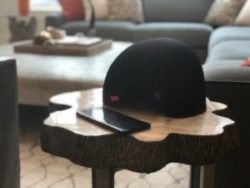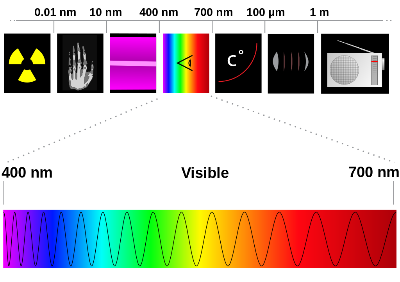Note that the Revian Red system is currently on sale on Amazon after coupon discount application. Regular price is $995 on their website. Average reviews for the Revian Red cap so far are 4/5.
Update: January 4, 2022 — Latest clinic trial update for central centrifugal cicatricial alopecia.
Update: January 21, 2020 — Revian Red got very positive and compelling hair growth in final clinical trial results. They used the same primary and secondary endpoints as were used in past finasteride and minoxidil studies. Itching and burning of the scalp was also reduced with device use.
Update: January 8, 2020 — Revian’s new parent company Know Bio product release article. The LED laser light wavelengths are a combination of 620 nanometers and 660 nanometers. Also, Revian received a USPTO patent No. 10,525,275 on the use of proprietary color combinations of light to regenerate living tissue in the body.
Update: September 2019 — September 2019 press release.
Quote from Dr. Rodney Sinclair:
“It took almost 20 years to work out the ideal wavelengths of light, the best fluence or ‘power’, how long the treatments should last and how often the treatments need to be repeated.”

It has been a long time since I wrote a post on low level laser therapy (LLLT) to treat hair loss. Although a very controversial subject, there are a number of studies that suggest LLLT can benefit hair growth. There are nowadays many low-level laser devices to treat hair loss.
Almost always, laser therapy will not bring back hair in totally bald areas of the scalp. However, LLLT can make existing hair thicker according to many findings. The latest study in support of low level laser therapy for hair growth was published in Lasers in Medical Science in August 2019.
Revian Red
In April 2019, a new laser system for hair growth called Revian Red entered the market. It is manufactured by PhotonMD (North Carolina). Revian Red is FDA cleared for the treatment of androgenetic alopecia in both men and women. Note the difference between FDA approved and FDA cleared.

One of the more interesting aspects about Revian Red is that it is a wireless cap that comes with a phone app that you can use to take photos and track results. The app also reminds you of the 10 minutes per day treatment schedule.
Groundbreaking LED Technology
Also of interest, Revian Red is based on red light emitting diode (LED) technology, which is different from existing LLLT devices. See my past post on laser therapy for hair loss and wavelength. Red light wavelength ranges from 400 nm to 700 nm.
According to company CEO and device inventor Dr. Nathan Stasko, this LED technology is known as modulated light therapy (MLT). According to Dr. Stasko, Revian Red is the first FDA cleared all LED hair growth product with supporting laboratory data. The latter shows that LED light penetrates the skin better than laser light at an identical fluence of 1J/cm2. Additionally the LEDs are lighter weight and deliver more light with less power, enabling the product to be cordless during its use. He further adds:
“Laser diodes used in LLLT and LEDs are different light sources. Lasers are coherent light, while LEDs are incoherent light with a wide viewing angle. The knock on LEDs was that they were not high power. That is true if you are referring to Christmas tree bulb semiconductor materials. But with the advancement of LEDs (that now even power car headlights), Revian Red devices are able to attain a high output in lumens/watts.”
Clinical Trials
Revian Red underwent clinical trials in Australia that were led my the famous dermatologist Rodney Sinclair. According to Revian’s own site, clinical trial results have been favorable and there are no significant side effects. However, the results are not as yet officially published, even though the trials were completed in May 2019.
Before Revian: Other Laser Devices
I have covered a number of other low level laser therapy devices on this blog in the past. These include combs, helmets and caps. You should check the reviews and ratings of all of the below before making a decision on which device to purchase.
The oldest of these FDA cleared lasers is the HairMax LaserComb, while the more recent of these is the Theradome Laser Helmet. Also cleared are the funky looking iGrow Laser Helmet; the iRestore Hair Growth System; and the Capillus Laser Therapy Cap.
